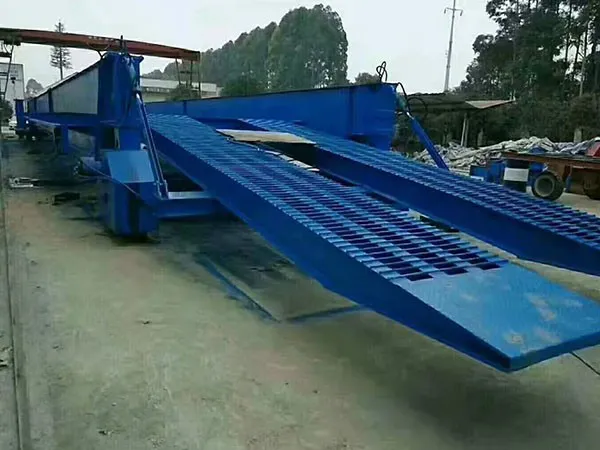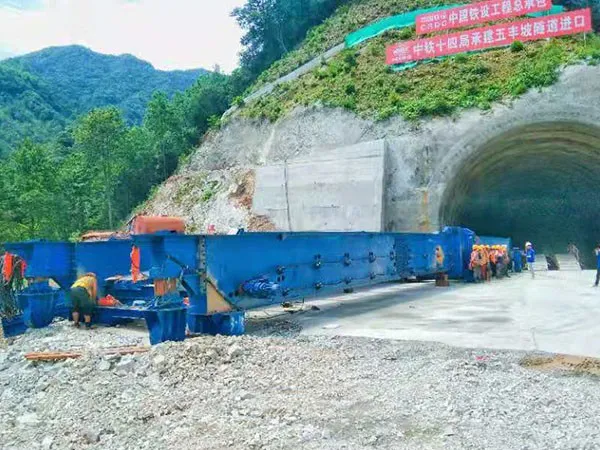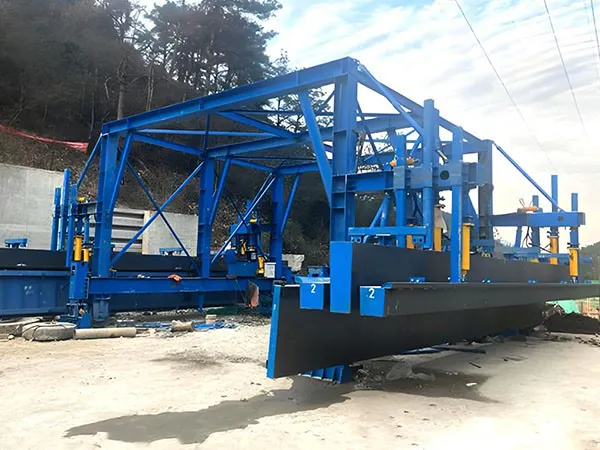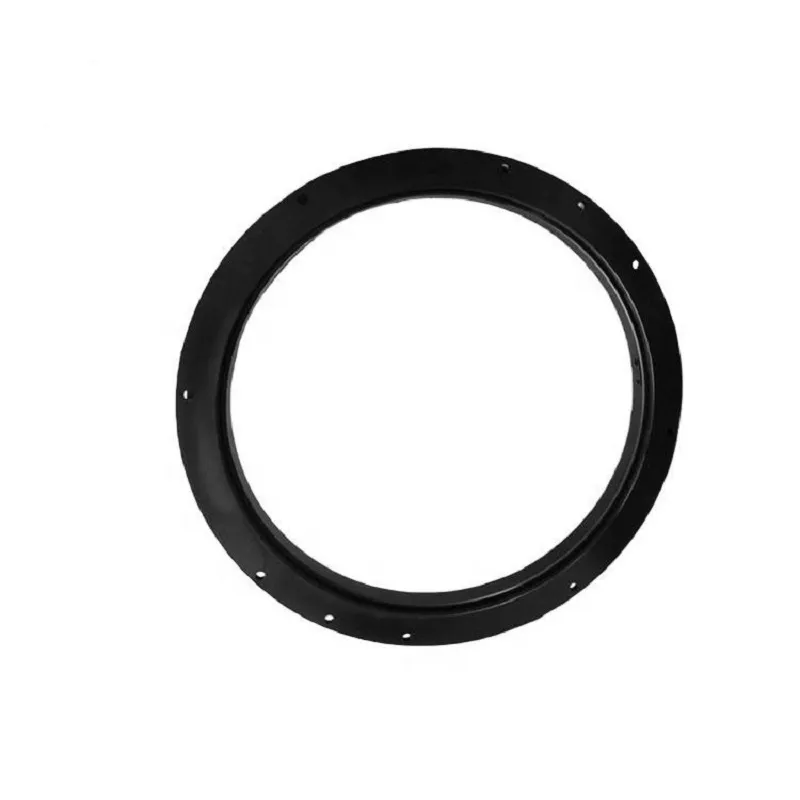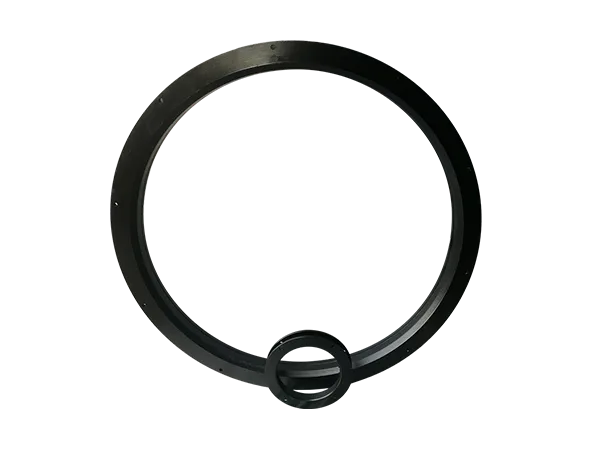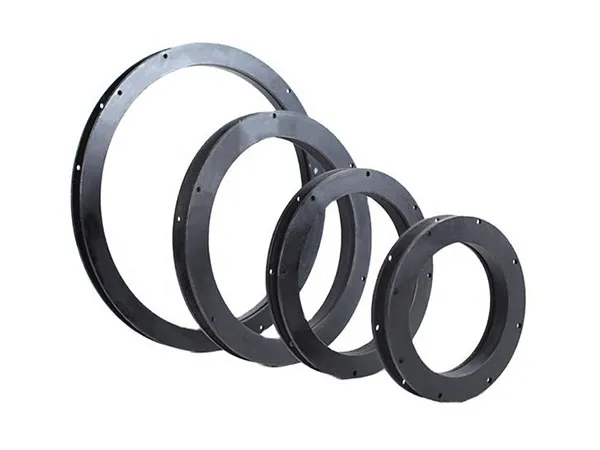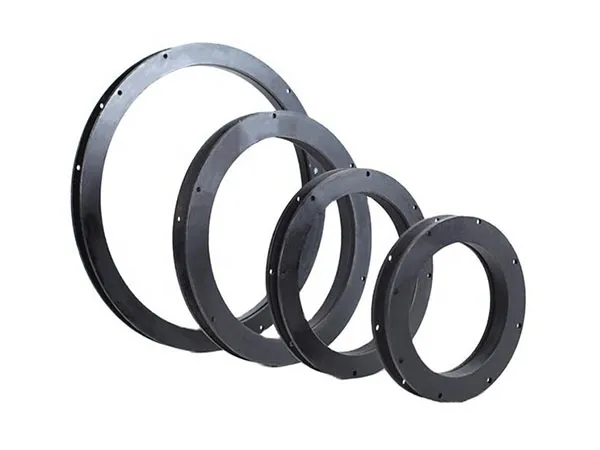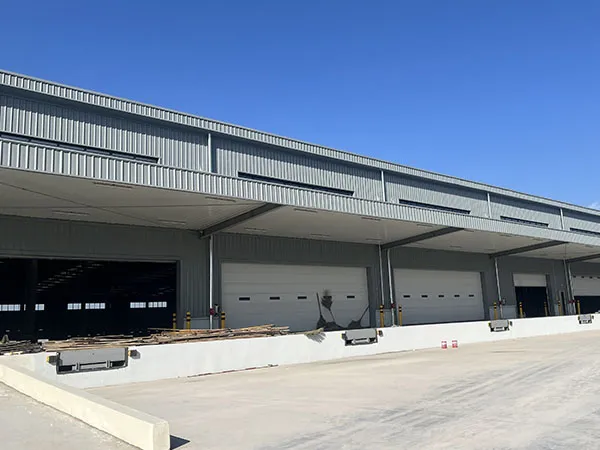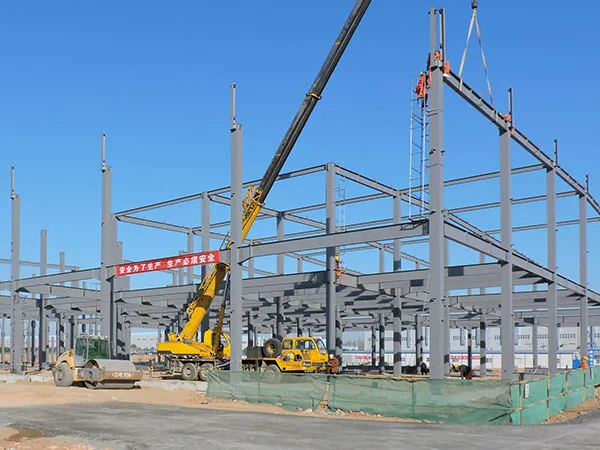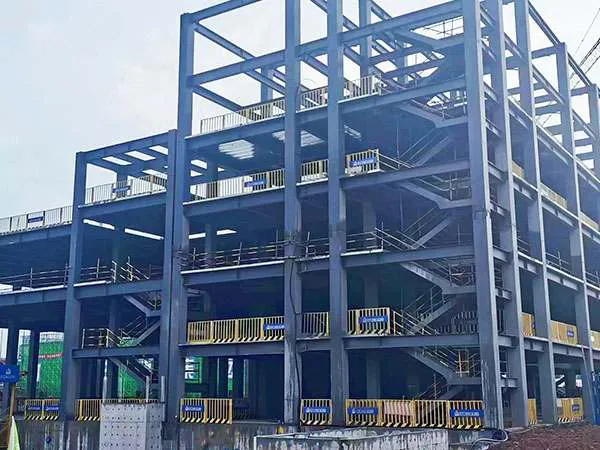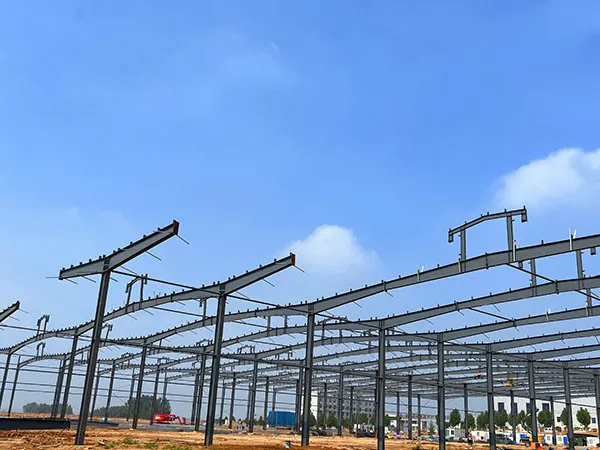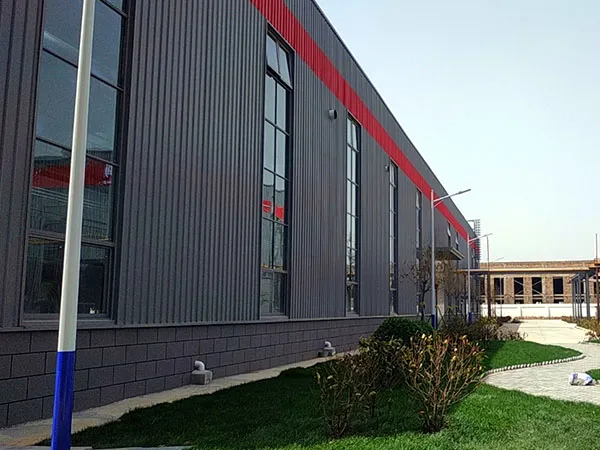Tunnel linings are critical components in excavation projects, providing structural support and ensuring long-term stability. They are typically categorized into primary and secondary linings, each serving distinct purposes during and after construction.
The primary lining is the initial support system installed immediately after excavation. Its main function is to stabilize the newly excavated ground, prevent immediate collapses, and support the surrounding rock or soil mass.
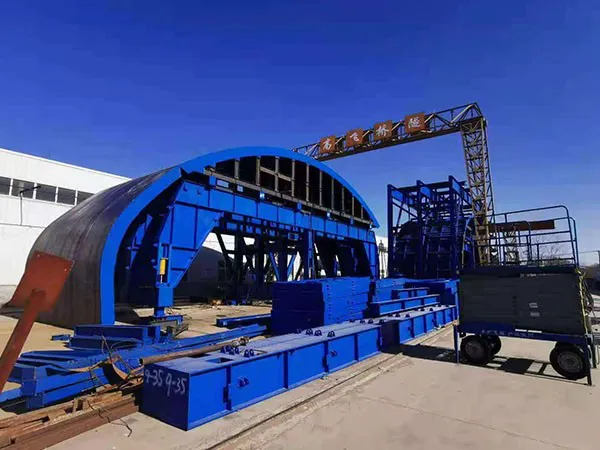
Here are some key characteristics of primary linings:
Immediate Support: It’s installed very close to the tunnel face as excavation progresses.
Temporary or Semi-Permanent: While it provides immediate support, it can be temporary and later supplemented or become part of the permanent structure, depending on the design.
Materials: Common materials include:
Shotcrete: Sprayed concrete that conforms to the irregular rock surface.
Steel Ribs (Lattice Girders): Structural steel elements that provide initial strength.
Rock Bolts/Dowels: Rods inserted into the rock to improve its stability.
Wire Mesh: Used in conjunction with shotcrete to reinforce it.
Purpose: To manage ground loads immediately after excavation, control deformation, and create a safe working environment.
Rough Finish: The finish is generally rough and uneven, as its primary concern is structural integrity, not aesthetics or waterproofing.
Secondary Lining
The secondary lining is the permanent, final lining installed after the primary lining is in place and the ground has reached a more stable state. It is designed for the long-term operational life of the tunnel.
Here are some key characteristics of secondary linings:
Permanent Structure: It forms the final interior surface of the tunnel.
Long-Term Functionality: Designed to resist long-term ground pressures, provide waterproofing, ensure durability, and offer an aesthetic finish.
Materials: Most commonly made of:
Cast-in-place Concrete: Poured concrete that creates a smooth, continuous surface.
Precast Concrete Segments: Manufactured off-site and assembled within the tunnel, often used in bored tunnels (e.g., TBM tunnels).
Purpose: To provide the ultimate structural strength, ensure waterproofing, create a smooth internal surface for operational efficiency (e.g., air flow, reduced friction), and offer protection against environmental factors.
…
More detailed information about the difference between primary and secondary tunnel lining can be found at: https://www.gf-bridge-tunnel.com/a/blog/difference-between-primary-and-secondary-tunnel-lining.html

